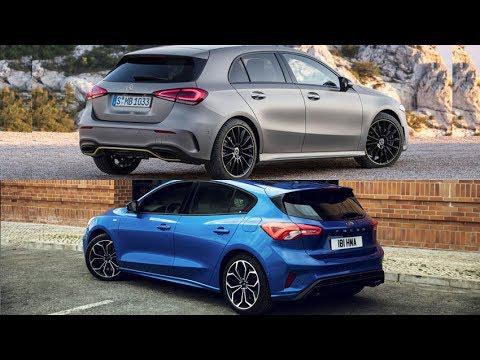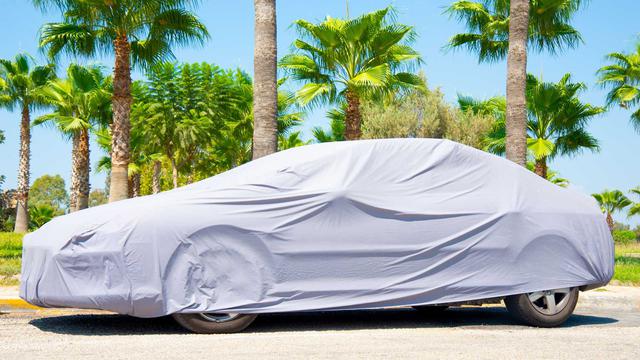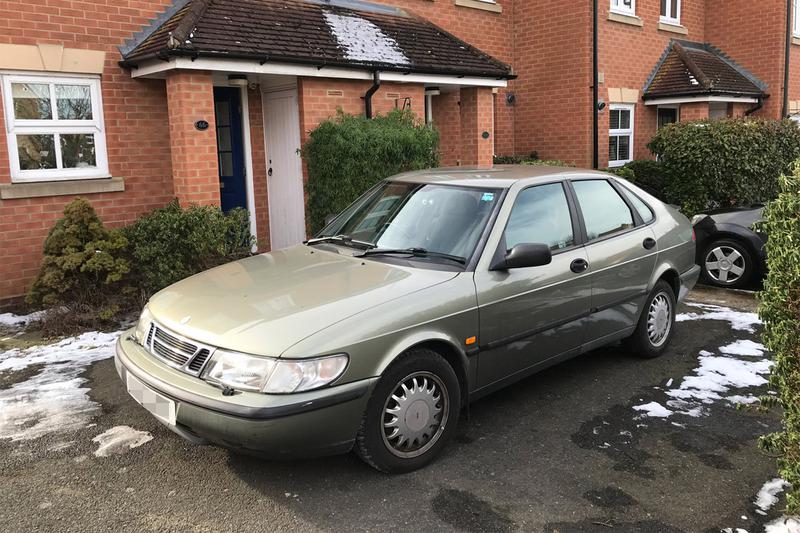The fourth-generation Focus was released in 2018, the same year that its opponent here also made its debut. To lift it beyond its predecessor, Ford introduced much-improved technology, more interior space and, more recently, electrified drivetrains in the form of mild-hybrid tech.
We’re driving an MHEV in this test. The system can recover energy when slowing down, store it in a small battery, and then use it when accelerating to take some load off the petrol engine, reducing fuel consumption.
15

The engine is very familiar. The 1.0-litre three-cylinder EcoBoost unit has been in service since the launch of the previous Focus, producing 123bhp and 200Nm of torque here. The suspension layout is largely similar to the Mercedes’, which means there’s MacPherson struts up front and a torsion beam at the back.
Inside, the Focus is neatly laid out and the finish is okay, but even by the standards of its class it isn’t particularly premium-feeling, especially compared with the A-Class. The driving position is excellent, though, with both the driver’s seat and the steering wheel offering plenty of adjustment.
Driving
The Focus has always had a reputation for sharp handling and a sophisticated ride, and this model is still very capable. It feels significantly lighter over the nose and therefore more agile than the Mercedes. The steering is a little lighter than the A-Class’s, but the weight feels more natural. Although the Focus remains flat through the corners, it feels more forgiving, too, giving you great confidence along a twisty road; the Ford’s chassis shrugs off the worst of the bumps so that it’s easy to develop a smooth flow.
Need to sell your car?
Find your best offer from over 4,000 dealers and sell for up to £1,000 more. It’s that easy.Rated 'Excellent'Trustpilot




